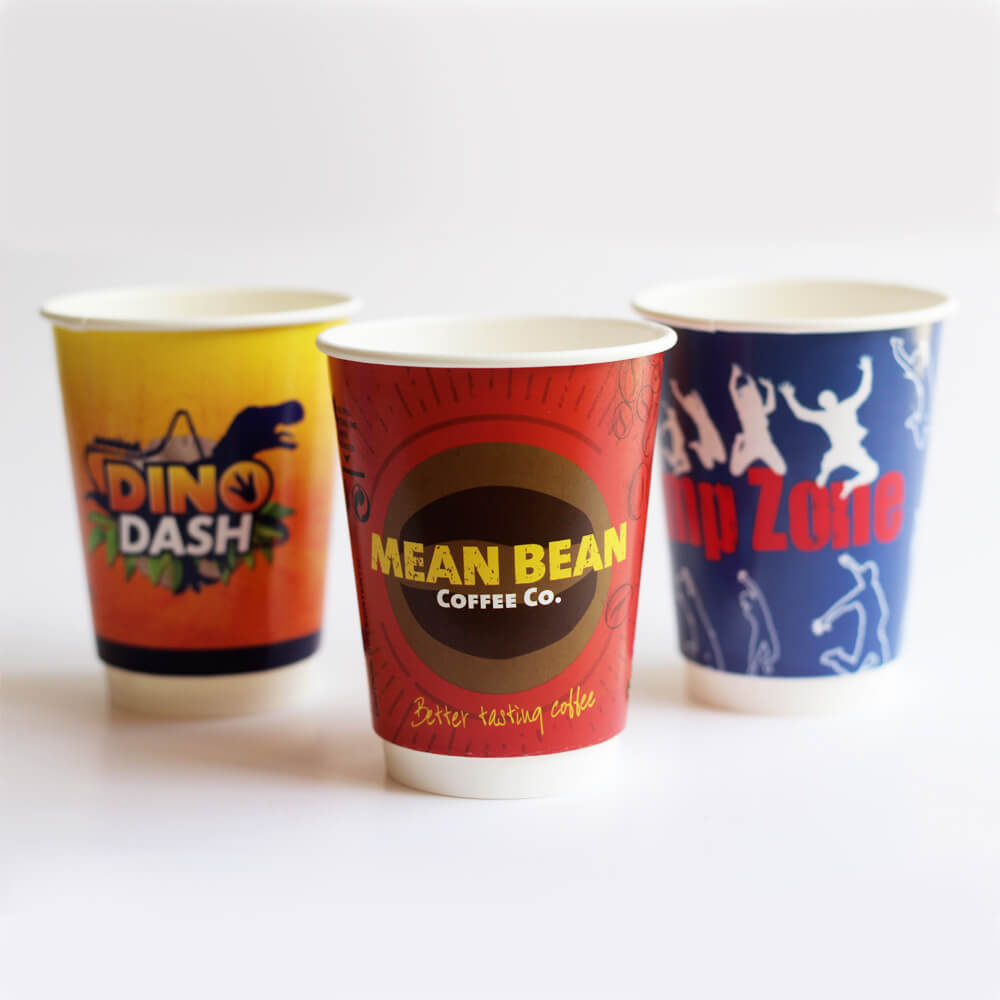The Evolution of Soda Cups A Reflection on Convenience and Sustainability
Soda cups are an everyday item, often overlooked yet pivotal in our consumption of beverages. From their humble origins to the technologically-advanced designs we see today, soda cups reflect our evolving relationship with convenience and sustainability.
Historically, the use of cups for beverages can be traced back to ancient civilizations, where various materials such as clay, metal, and wood served as drinking vessels. However, the modern soda cup as we know it began to take shape in the mid-20th century, coinciding with the rise of fast-food chains and the increasing popularity of soft drinks. The introduction of disposable cups revolutionized the way we consume beverages, offering a quick, no-fuss solution for on-the-go individuals.
The standard soda cup is typically made from plastic or paper, designed for short-term use and instant gratification. Its design often includes a wide mouth for easy sipping and a sturdy base to prevent spills. In these early days, the focus was primarily on convenience; these cups were lightweight, stackable, and could be produced cheaply, catering to the fast-paced lifestyle of consumers. Fast-food giants embraced this disposable culture, using soda cups as a branding tool, splashing their logos in vibrant colors, making them instant identifications for their establishments.
However, as environmental awareness grew in the late 20th and early 21st centuries, concerns over plastic pollution and waste started to dominate public discourse. Suddenly, our beloved soda cup was seen as a symbol of environmental degradation. Recycling programs began to emerge, and so did innovations aimed at reducing the ecological footprint of these everyday items.
soda cups

Today, we witness a shift towards more sustainable options
. Brands are beginning to offer reusable soda cups made from materials like stainless steel or BPA-free plastics that can withstand multiple uses, ainsi promoting a culture of sustainability. These reusable cups often come equipped with various features, such as double-walled designs for insulation, integrated straws, and easy-clean surfaces. In restaurants, refill stations for these cups have become more common, further encouraging customers to forgo single-use options.Moreover, companies are also investing in biodegradable and compostable materials for their disposable soda cups. These cups are designed to break down naturally over time, reducing landfill waste significantly. Innovations such as plant-based plastics and recycled paper products are paving the way towards an eco-friendlier beverage experience.
In addition, some establishments have started implementing a ‘bring your cup’ policy, offering discounts to customers who bring their own reusable containers. This approach not only minimizes waste but also fosters a sense of community and environmental responsibility among patrons.
As we look to the future, the ongoing evolution of soda cups will surely reflect broader trends in consumer values. The challenge remains, though how can we balance convenience with sustainability without sacrificing the enjoyable experience of consuming our favorite fizzy drinks? With advancements in technology and growing public awareness, it seems plausible that the future of soda cups will be defined by products that are not only user-friendly and brand-centric but also environmentally responsible.
In conclusion, soda cups serve as more than mere vessels for our drinks; they tell a story of convenience, innovation, and the growing imperative for sustainability. As we navigate this ever-changing landscape, it is clear that both the challenges and opportunities for soda cups are as effervescent as the beverages they hold.



